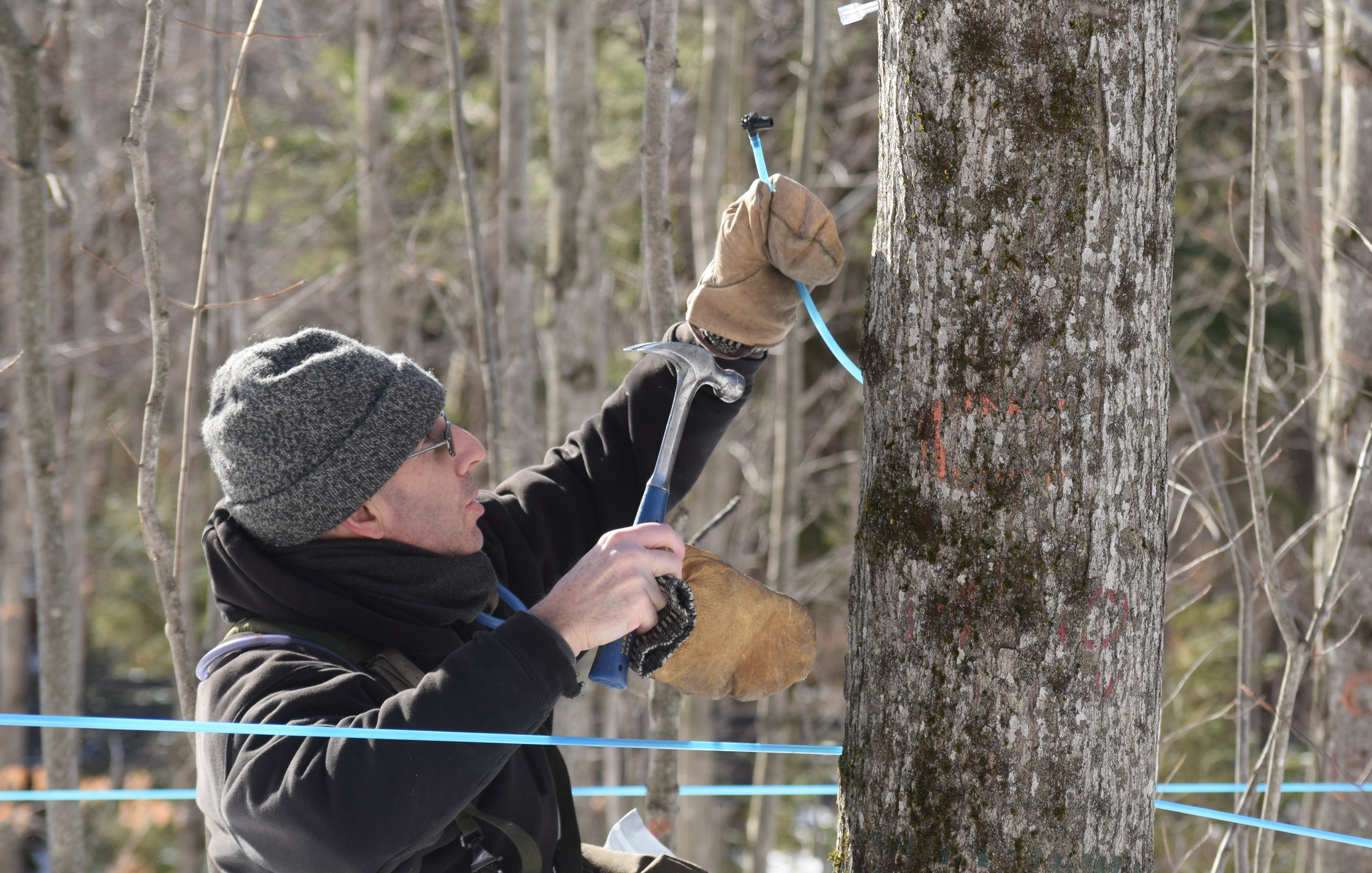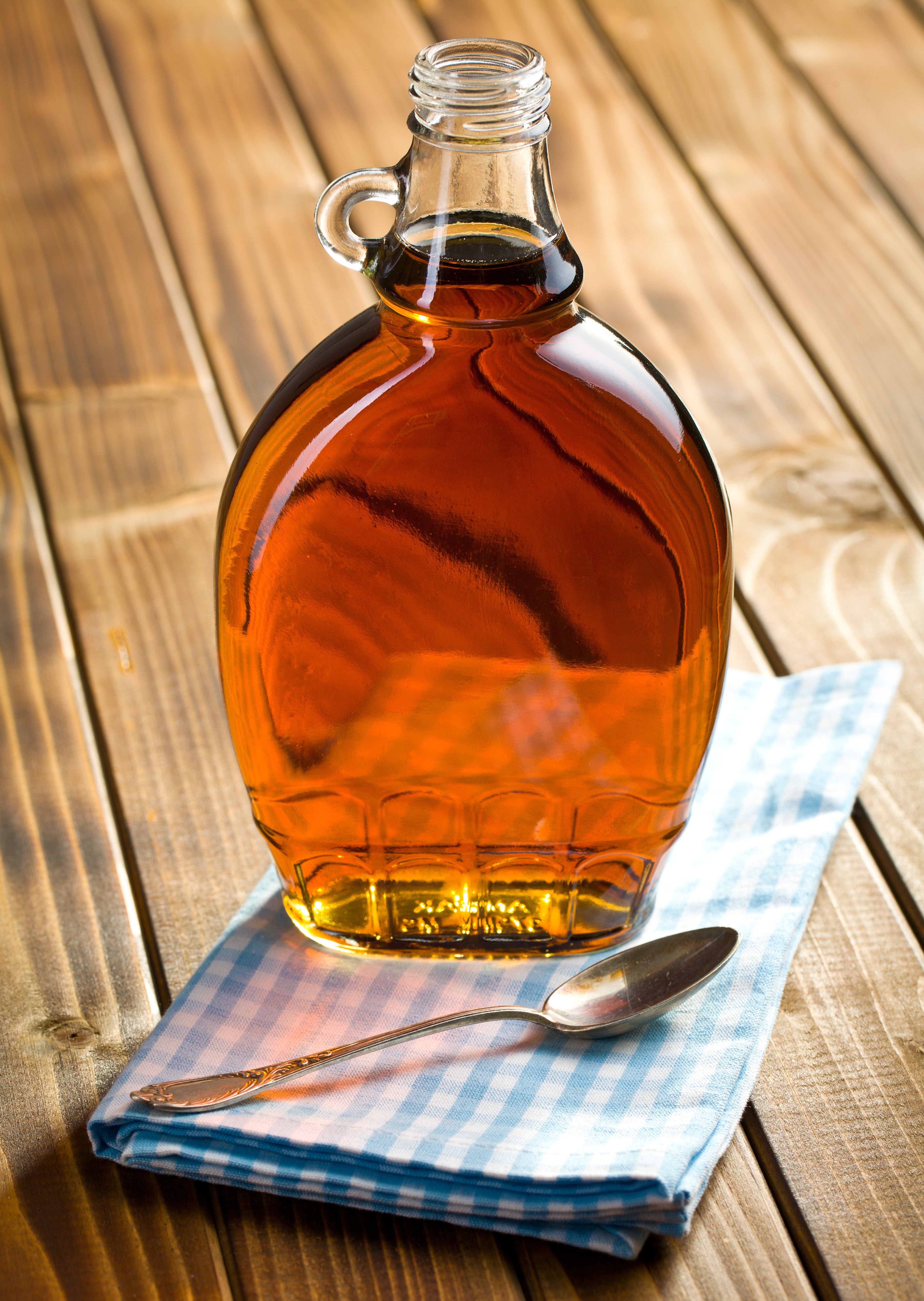
Taking Care of the Maple Woodland
NURTURING A SUSTAINABLE MAPLE ECOSYSTEM
As you can imagine, maple foresters have every incentive to maintain a healthy forest environment.
They conserve and nurture the forests to maintain healthy trees at different stages of development so the forest renews itself naturally with limited intervention over decades and centuries. They practice careful and time-tested harvesting practices that respect the environment and ensure longevity of our forests. For example, maple tree tapping is done very carefully using scientifically verified and tested methods so that the tree is not harmed.
Maple trees have a very long growth and natural life cycle and can live up to 400 years, and they need from 40 to 80 years of growth before they can even be tapped - maple producers have a long-term view of things. Maple syrup producers are typically smaller, entrepreneurial businesses across the maple producing regions of North America with maple producer families span four, five, even six generations and have trees that are much older, so these folks are intimately connected to the land and its forest.
Maple syrup producers’ relationship with nature and maple trees is uniquely rewarding because they make a living from the trees without diminishing them.
The conservation of large swaths of forests for maple syrup production prevents cutting the forest for other uses (deforestation) and supports a traditional economy and way of life that retains the essential ecological functions of forests, which is part of the favorable sustainability picture for maple syrup.

BENEFITS OF SUSTAINABLE MAPLE FORESTS
Forests are the most effective form of carbon capture and play a main role in sustainable living on earth.
The conservation of large swaths of forests for maple syrup production prevents cutting the forest which retains the essential ecological functions of forests and provides a habitat for a variety of wildlife species. Maple woodlands also filter pollutants from the air and water, preserve soil, prevent disease, contribute to biological control and promote plant and vegetation reproduction.
Maple producers are essentially forest farmers, which means they are careful and dedicated stewards of the land.
Preserving forests to produce maple syrup precludes cutting the forest for other uses and promotes the conservation of forest and woodlands for sustainable economic activities. Since maple syrup trees need 40 to 80 years of growth before they can be tapped, healthy trees at different stages of development are needed for the forest to renew itself naturally and perpetually with limited intervention.
Nurturing a Sustainable Maple Ecosystem
Maple syrup producers’ relationship with nature and maple trees is uniquely rewarding because they make a living from the trees without diminishing them. Maple foresters have every incentive to maintain a healthy forest environment. They conserve and nurture the forests to maintain healthy trees at different stages of development so the forest renews itself naturally with limited intervention over decades and centuries. Foresters practice careful and time-tested harvesting practices that respect the environment and ensure longevity of our forests. For example, maple tree tapping is done very carefully using scientifically verified and tested methods so that the tree is not harmed.
Source: Giesting, K. 2020. Maple Syrup. USDA Forest Service Climate Change Resource Center. https://www.fs.usda.gov/ccrc/topics/maple-syrup
RESILIENCE AND HOPE FOR THE FUTURE OF MAPLE
Sugar makers have a long history of adapting to the natural system of their forest.
In the past 20 years, maple production has increased across North America by about 10 percent per year. This increase is attributable to growing demand for maple syrup and a corresponding increase in the number of taps as well as the introduction of new sugaring technologies that have increased sap yield such as vacuum systems, better-designed taps and tubing.
Despite unfavorable climate events and global warming, the maple industry remains optimistic that climate change may be mitigated by reducing carbon emissions, halting deforestation, and using land sustainably and restoring nature until we reach the point where the release of greenhouse gases into the atmosphere is balanced with the capture and storage of these gases in our forests, oceans and soil.
The International Maple Syrup Institute and its members are involved in many projects to help maple production remain sustainable and financially viable in the face of new challenges. We want to enable forests to stay as they are, standing tall and healthy for maple producing landowners and lessors who would otherwise sell to developers or cut trees for timber. This is a good reason to buy and promote pure maple syrup.
Your interest in maple products helps forest and wildlife conservation and supports the thousands of maple workers that power your local rural economy.
To read more about mitigating climate change go to: https://climate.nasa.gov/solutions/adaptation-mitigation/ and https://www.eea.europa.eu/en/topics/in-depth/climate-change-mitigation-reducing-emissions.

INNOVATIVE STRATEGIES FOR CLIMATE-FRIENDLY MAPLE SYRUP PRODUCTION
The IMSI’s members are always in the process of actively investing in research and improved methods of production to reduce carbon emissions.
The maple syrup industry invests in research to understand and apply new knowledge and improved best practices to produce maple syrup sustainably.
Our members are working on two critical activities that combat climate change, namely the reduction of carbon emissions and the capture and sequestration of carbon. The success of our world and our industry depends on sustainably managing our forest ecosystems including our maple woodlands.
